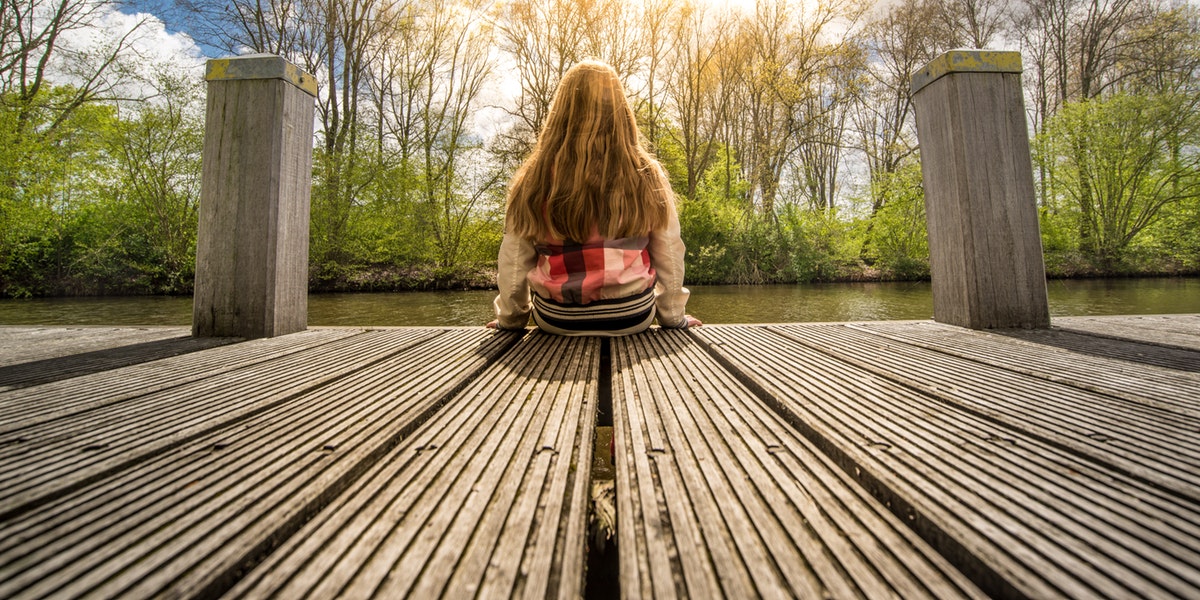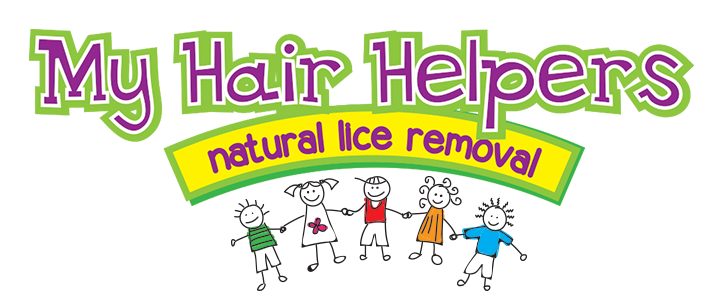Lice are tiny parasites that feed on human blood. They prefer to live near the scalp where they can stay warm, hidden and well-fed. Most people know that head scratching is a possible sign of lice, but there other symptoms to look for, too. After all, an itchy head can be a sign of many other things, including dandruff or a skin infection.
Here are a few lice symptoms that you don’t want to ignore.
Tickling sensation on the scalp or neck
Lice are known for being itchy, but they can cause a child to tickle, too. Usually, this sensation is felt on the scalp or neck and is a result of lice crawling around. Lice can also move the hair, which may also cause tickling. To determine if your child has nits, use a fine-toothed comb and look under the light. Nits glue themselves to the scalp and can be easy to miss.
Small red bumps on the scalp, neck or shoulders
In some children, lice cause red bumps on the head, neck or shoulders. These bumps usually come from lice bites, as lice nibble through the skin to feed off human blood. It’s also possible to develop a reaction to the bites, which is usually followed by small bumps and intense itching. People who scratch their bites may develop sores or a secondary skin infection.
Redness or inflammation near the hairline
Children who have sensitive skin may notice redness or irritation around the hairline. Typically, you will notice lots of scratching before the irritation, so this symptom can usually be prevented with prompt treatment. However, because lice bites are very itchy, the redness and inflammation can develop almost overnight.
Trouble sleeping
One last symptom you don’t want to ignore is trouble sleeping. It’s common for young children to have difficulty falling and staying asleep, so head lice may not be your immediate thought. However, if your child says that they’ve been up all night scratching their head, take them to a professional to be checked for lice. Some children with lice have a hard time resting and become irritable as a result.
Lice are a nuisance, there’s no doubt about that. Fortunately, these pests are not dangerous. Still, they are bothersome and can lead to other complications, like secondary skin infections and scabs. To ensure that lice are taken care of properly, choose a professional to check everyone in the family and opt for immediate treatment, if needed. For more information on identifying and treating head lice for your family, contact My Hair Helpers.


